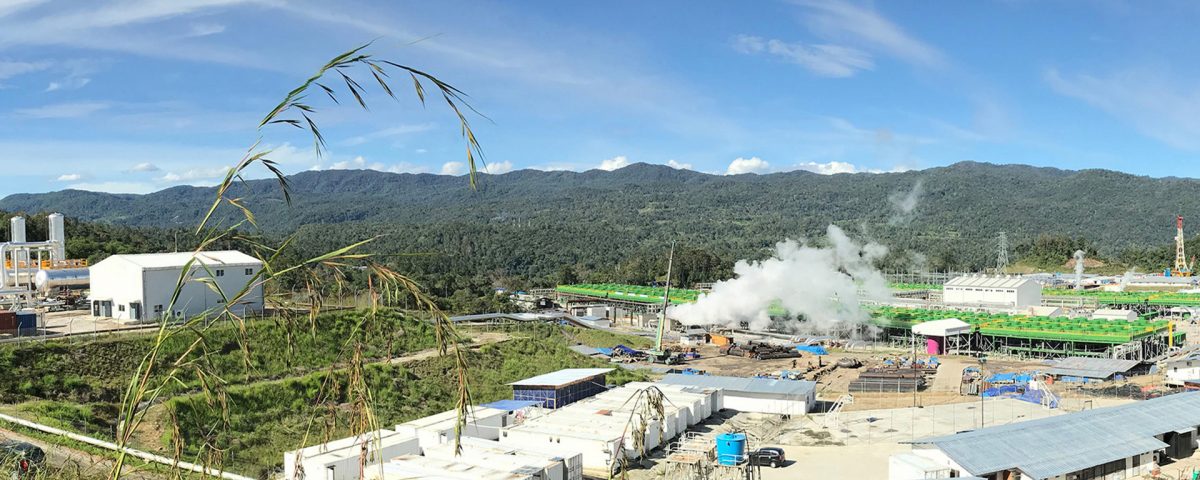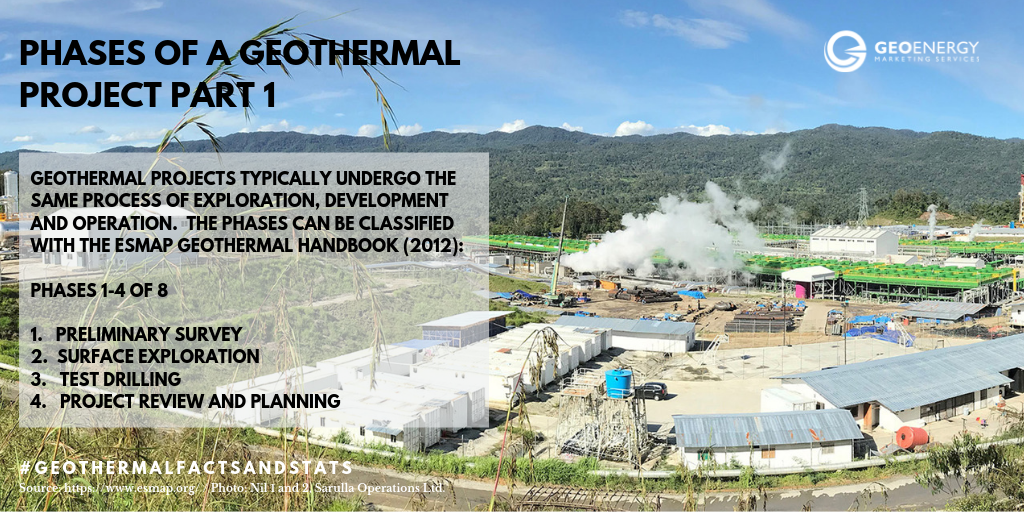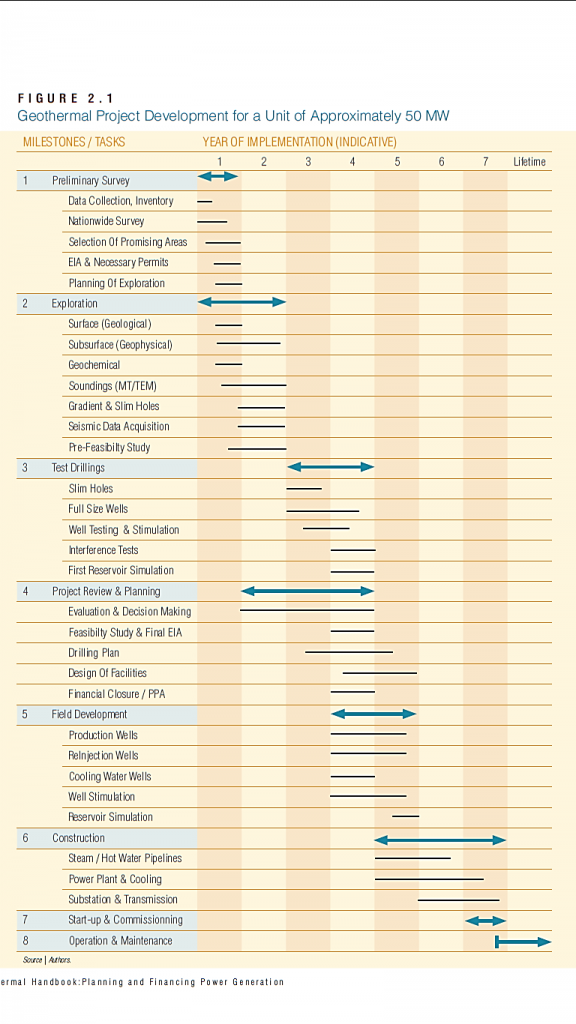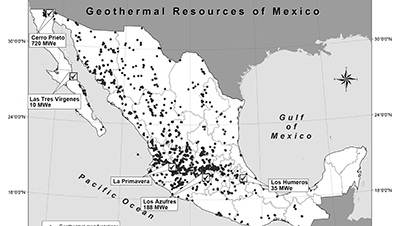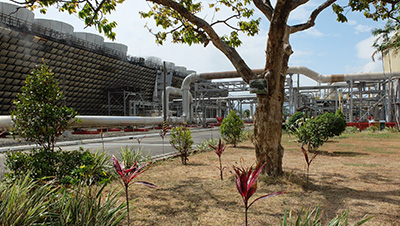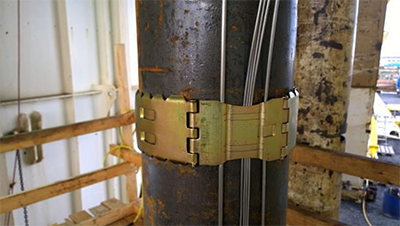Geothermal projects can be divided into a series of development phases from early exploration to the operation and maintenance stage. It takes approximately five to ten years to develop a geothermal power plant of about 30 – 50 MW and initial capital requirements are high. It is important to understand that each geothermal project is unique. Thus, the development time and steps taken at any stage throughout the timeline may vary based on local geological conditions, information available about the source, politics, institutional and regulatory climate, finance and other factors. Geothermal projects typically undergo the same process of exploration, development, and operation and the phases can be generally classified as follows in line with the ESMAP geothermal handbook (2012):
- Preliminary survey
- Surface Exploration
- Test drilling
- Project review and planning
- Field development
- Power plant construction and production drilling
- Commissioning
- Operation and maintenance
The first three phases take the developer from early reconnaissance steps to field exploration to test drillings. This first part of the project either confirms or debunks the existence of a geothermal reservoir suitable for power generation or not and is usually deemed as the riskiest part of project development. If the result from the first three phases, including the test drilling, is positive and geothermal potential is confirmed, Phase 4 is initiated with the actual design of the power project, including the feasibility study, engineering of components, and financial closure. We’ll describe the first four phases in this #GeothermalFactsandStats blog post.
Preliminary Survey
An investigation of the geothermal area is conducted based on a nationwide or regional study. Developers may execute their own reconnaissance work to select the areas where they will apply for exploration concessions. Geological ground studies are conducted, as well as efforts to document the site through satellite and airborne imaging. Once the concession is granted or the field is selected, a pre-feasibility study is initiated to explore the likelihood of the existence of a commercial geothermal reservoir and achieve a first estimate of its exploitable potential. This study also touches on the characteristics of the country’s power market (demand and supply, potential off-takers and customers), transmission and distribution system, availability of basic infrastructure (roads, fresh water supply, communication, etc.), and environmental and social issues as well as political and financial stability.
The institutional and regulatory framework of the country is studied to evaluate the conditions for obtaining permits and licenses for project development and operation, and for establishing a Power Purchase Agreement (PPA) with the relevant utility company or other customers. In order to obtain the rights to explore and develop geothermal resources within a certain area, the project developer must obtain access through lease or concession from the surface and subsurface owners. The regulatory framework and the speed and quality of the regulatory decisions made at this stage can significantly affect the timetable of the project and its development path. Depending on the country, land and mineral water resources can be either publicly or privately owned. Developers must, therefore, enter into an agreement with the titleholder of such estates. This normally requires a yearly lease fee or royalties upon production. Their impact of these fees on the financial viability of the project should be carefully assessed and calculated.
Surface Exploration
The purpose of the exploration program is to cost-effectively minimize risks related to resource temperature, depth, productivity, and sustainability prior to appraisal drilling. Exploration may begin at a regional level and, as more data is gathered, a more localized analysis spirals off. Exploration begins with collecting data from existing wells, surface manifestations, and goes on to surface and subsurface surveying using geological, geochemical, and geophysical methods. Surveying techniques used in this phase may typically include surface studies which aim to gather local knowledge to locate active geothermal surface features and assess surface geology. Geochemical Surveying is also conducted via Geothermometry, Electrical conductivity, and Soil sampling. Geophysical surveying using Gravity, Electrical resistivity, Magnetotelluric (MT), Transient Electromagnetic (TEM), Temperature gradient drilling and 2D & 3D Seismic are techniques commonly employed.
By the end of Phase 2, sufficient exploration data should have been collected and analyzed for site selection and targets for the first few deep exploration wells. Developers should adequately understand the risks remaining around resource temperature and size, depth, permeability, productivity and sustainability, and these risks will have been reduced to a level to justify deep drilling. A preliminary estimate of the magnitude of the resource should also be possible at this stage. Initial conceptual and numerical models can be developed. The final leg of this phase concludes with an assessment of all the technical and non-technical data prior to committing to test drilling. This is imperative because proceeding to Phase 3 involves major financial commitments to the project – a time when resource risk is still high and the expenditure curve is steep.
Test drilling
At the beginning of this phase, a drilling program is designed to confirm the existence, exact location, and potential of the reservoir. Typically, a set of three to five full-size geothermal wells are drilled. More wells may be required, depending on the size of the project to be developed and the success in finding a viable geothermal resource with the first series of wells. Drilling plans also have to be revised regularly during the drilling activity due to results from well testing. Drilling slim holes for reservoir confirmation, temperature, and chemistry, is becoming more attractive because these can be drilled to 1,500 meters at approximately 50 percent of the cost of a similar depth regular well.
Drilling, logging, and testing significantly improve the understanding of the resource. They enable refinement of the estimate of the heat resource; determination of the average well productivity (thus laying out the scope of future drilling); selection of the well sites, targets, well path and design for the remaining production and injection wells; and development of a preliminary design for the power plant and gathering system. Interference tests between the different boreholes will show if and how the wells are interconnected. Directional drilling, a cost-intensive technology from the oil and gas industry, can hit multiple fractures in the same well, thereby increasing or even multiplying the well output. Upon completion of the test drilling phase, the project moves towards full feasibility.
Project Review and Planning
This phase includes the evaluation of all existing data by the developer, including new data from the exploratory phases. The exploitable size of the resource is established based on the conceptual model of the heat source, geological structure, circulation fluids and reservoir characteristics. A development strategy is done together with the conceptual design of the fluid collection and re-injection system. The power station initial design, location and interconnection to the power grid are also established. The resource information permits the developer to update and refine its numerical reservoir model, size the planned development, and secure PPAs on which financial models can be built. Such models, including risk analysis, are required for the developer to be able to obtain the necessary finance to move the project through to development.
The feasibility report is written to provide both the developer and potential financiers with confidence in the viability of the project. The feasibility study will show project cost estimates, development timelines and the economic and financial analyses under probable power demand scenarios. At this stage, in accordance with national environmental laws and regulations, an ESIA is prepared. Public consultations with local residents, local government and other stakeholders are also undertaken as part of the approval process. The final output of this phase is a complete technical and financial feasibility study that can be used to solicit funding from financiers for the development of the project. It is not possible to do a power production feasibility study until the potential of the geothermal reservoir has been proven by drilling, and because the supply of fuel (geothermal energy) is linked intrinsically to the development of a power plant.
Stay tuned for Part 2 of our #GeothermalFactsandStats blog on the Phases of a Geothermal Project.
Author: Elizabeth Bullock
Sources:
- http://decarboni.se/sites/default/files/publications/138043/geothermal-exploration-best-practices-guide-resource-data-collection-analysis-presentation-geothermal-projects.pdf
- https://www.esmap.org/sites/esmap.org/files/DocumentLibrary/FINAL_Geothermal%20Handbook_TR002-12_Reduced.pdf
- https://orkustofnun.is/gogn/unu-gtp-sc/UNU-GTP-SC-22-05.pdf
- https://www.energy.gov/sites/prod/files/GeothermalEnergyDevelopmentOverview_Presentation.pdf
- https://esmap.org/sites/default/files/esmap-files/Flovenz%20Day%201%20-WB-2-phases-final.pdf
- https://rafhladan.is/bitstream/handle/10802/14467/UNU-GTP-SC-23-0907.pdf?sequence=1
- http://theargeo.org/fullpapers/Geothermal%20Project%20Timelines.pdf



